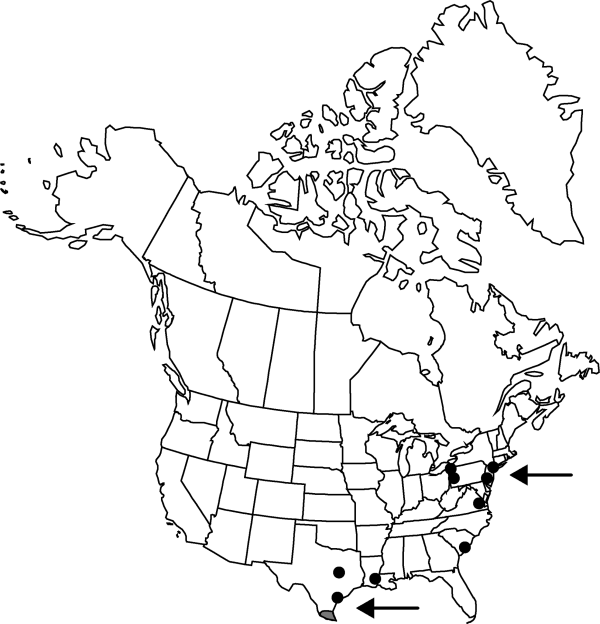Difference between revisions of "Gomphrena globosa"
Sp. Pl. 1: 224. 1753.
Common names: Common globe-amaranth
FNA>Volume Importer |
FNA>Volume Importer |
||
| Line 48: | Line 48: | ||
|publication year=1753 | |publication year=1753 | ||
|special status= | |special status= | ||
| − | |source xml=https://jpend@bitbucket.org/aafc-mbb/fna-data-curation.git/src/ | + | |source xml=https://jpend@bitbucket.org/aafc-mbb/fna-data-curation.git/src/8f726806613d60c220dc4493de13607dd3150896/coarse_grained_fna_xml/V4/V4_896.xml |
|genus=Gomphrena | |genus=Gomphrena | ||
|species=Gomphrena globosa | |species=Gomphrena globosa | ||
Revision as of 18:31, 18 September 2019
Plants annual, not cespitose, 3–10 dm; roots fibrous. Stems erect, pilose-strigose. Leaves: petiole 0.5-2 cm; blade green, oblong to ovate, 2–10 × 0.5–5 cm, apex acute, villous. Inflorescences: heads white, yellow, red, or purple, globose, 20–28 mm diam.; bractlets crested along keel. Flowers: tube densely lanate; perianth lobes white to pink, lance-subulate, 4.4–5.2 mm, chartaceous, apex acuminate. Utricles oblong, 2 mm, apex acute. Seeds 1.5 mm.
Phenology: Flowering summer–fall.
Habitat: Waste grounds
Elevation: 10-500 m
Distribution

La., N.J., N.Y., Pa., S.C., Tex., Va., native of s Asia, widely escaped from cultivation.
Discussion
Selected References
None.
Lower Taxa
None.